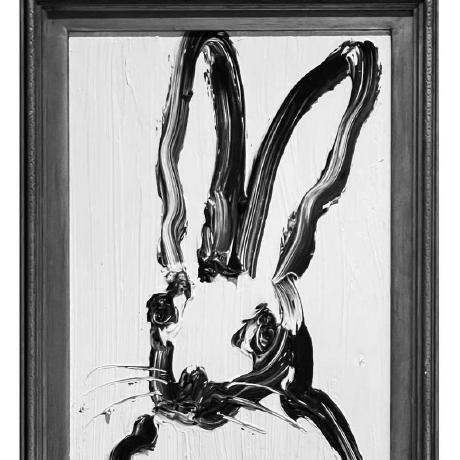1
2
3
4
5
6
7
8
9
10
11
12
13
14
15
16
17
18
19
20
21
22
23
24
25
26
27
28
29
30
31
32
33
34
35
36
37
38
39
40
41
42
43
44
45
46
47
48
49
50
51
52
53
54
55
56
57
58
59
60
61
62
63
64
65
66
67
68
69
70
71
72
73
74
75
76
77
78
79
80
81
82
83
84
85
86
87
88
89
90
91
92
93
94
95
96
97
98
99
100
101
102
103
104
105
106
107
108
109
110
111
112
113
114
115
116
117
118
119
120
121
122
123
124
125
126
127
128
129
130
131
132
133
134
135
136
137
138
139
140
141
142
143
144
145
146
| !pip install numpy matplotlib
import numpy as np
import matplotlib.pyplot as plt
class PID:
def __init__(self,Kp,Ki,Kd,setpoint=0,sample_time=0.01,output_limit=100.0):
self.Kp = Kp
self.Ki = Ki
self.Kd = Kd
self.setpoint = setpoint
self.sample_time = sample_time
self.output_limit = output_limit
self.pre_error = 0
self.integral = 0
self.integral_limit = output_limit / Ki if Ki > 0 else 0
def update(self,measured_value):
error = self.setpoint - measured_value
self.integral += error *self.sample_time
if self.integral_limit > 0:
self.integral = max(-self.integral_limit,min(self.integral_limit,self.integral))
derivative = (error - self.pre_error) / self.sample_time
output = self.Kp * error + self.Ki * self.integral + self.Kd * derivative
self.pre_error = error
output = max(-self.output_limit,min(self.output_limit,output))
return output
class MotorSystem:
def __init__(self,initial_angle=0.0,inertia=1.0,damping=0.5,load_torque=0.0):
self.angle = initial_angle
self.velocity = 0.0
self.inertia = inertia
self.damping = damping
self.load_torque = load_torque
def step(self,control_torque,dt):
net_torque = control_torque - self.damping * self.velocity - self.load_torque
acceleration = net_torque / self.inertia
self.velocity += acceleration * dt
self.angle += self.velocity * dt
return self.angle
def run_simulation(Kp,Ki,Kd,setpoint,simulation_time=5.0,load=0.0):
dt = 0.01
simulation_time = 25.0
num_steps = int(simulation_time / dt)
motor = MotorSystem(initial_angle = 0.0,load_torque=load)
pid = PID(Kp,Ki,Kd,setpoint = setpoint,sample_time=dt,output_limit=100.0)
time_history = []
angle_history = []
for i in range(num_steps):
t = i*dt
control_torque = pid.update(motor.angle)
current_angle = motor.step(control_torque,dt)
time_history.append(t)
angle_history.append(current_angle)
return time_history,angle_history
SETPOINT = 90.0
LOAD_TORQUE = 1.0
Kp1, Ki1, Kd1 = 1.0, 0.0, 0.0
time1, angle1 = run_simulation(Kp1, Ki1, Kd1, SETPOINT, load=LOAD_TORQUE)
Kp2, Ki2, Kd2 = 1.0, 0.1, 0.0
time2, angle2 = run_simulation(Kp2, Ki2, Kd2, SETPOINT, load=LOAD_TORQUE)
Kp3, Ki3, Kd3 = 1.0, 0.1, 0.5
time3, angle3 = run_simulation(Kp3, Ki3, Kd3, SETPOINT, load=LOAD_TORQUE)
plt.figure(figsize=(12, 6))
plt.plot(time1, angle1, label=f'P Only (Kp={Kp1})', linestyle='--')
plt.plot(time2, angle2, label=f'PI Control (Kp={Kp2}, Ki={Ki2})', linestyle='-.')
plt.plot(time3, angle3, label=f'PID Control (Kp={Kp3}, Ki={Ki3}, Kd={Kd3})', linestyle='-')
plt.axhline(SETPOINT, color='r', linestyle=':', label='Set Point')
plt.title(f'PID Control System Response (Load: {LOAD_TORQUE} N·m)')
plt.xlabel('Time (s)')
plt.ylabel('Angle (degrees)')
plt.legend()
plt.grid(True)
plt.show()
|


